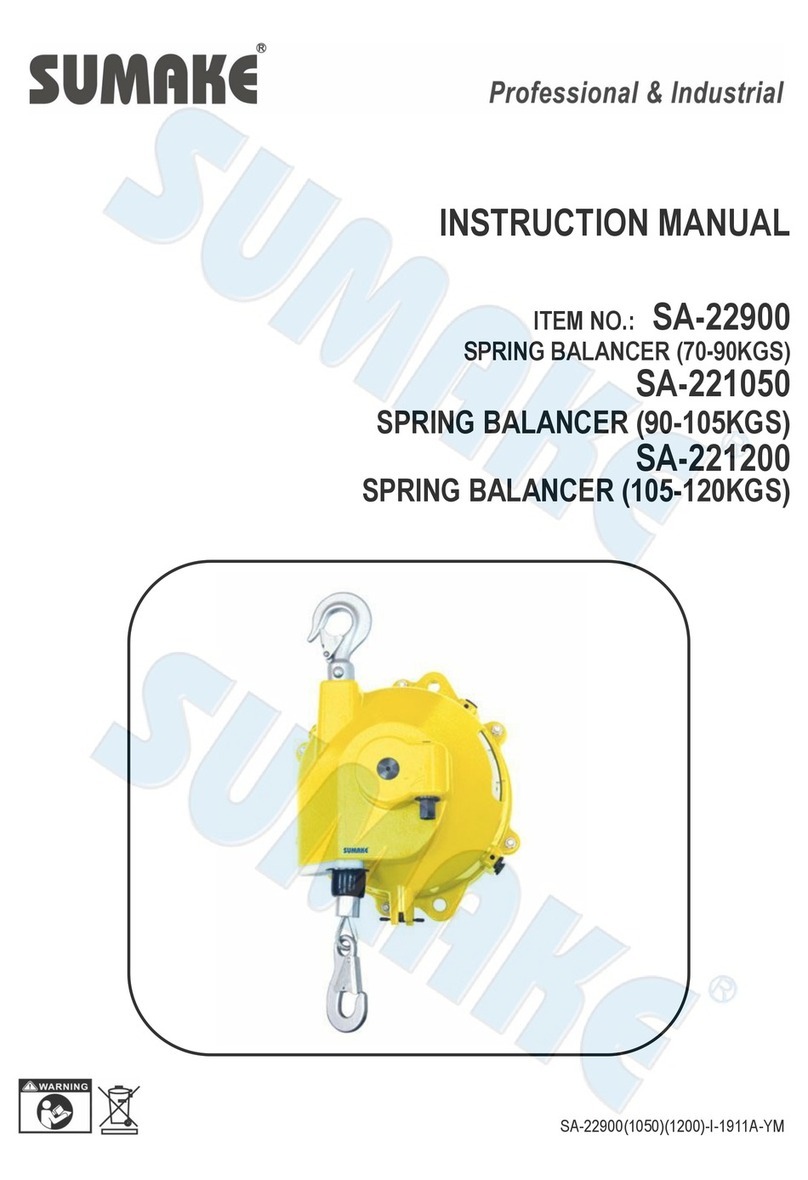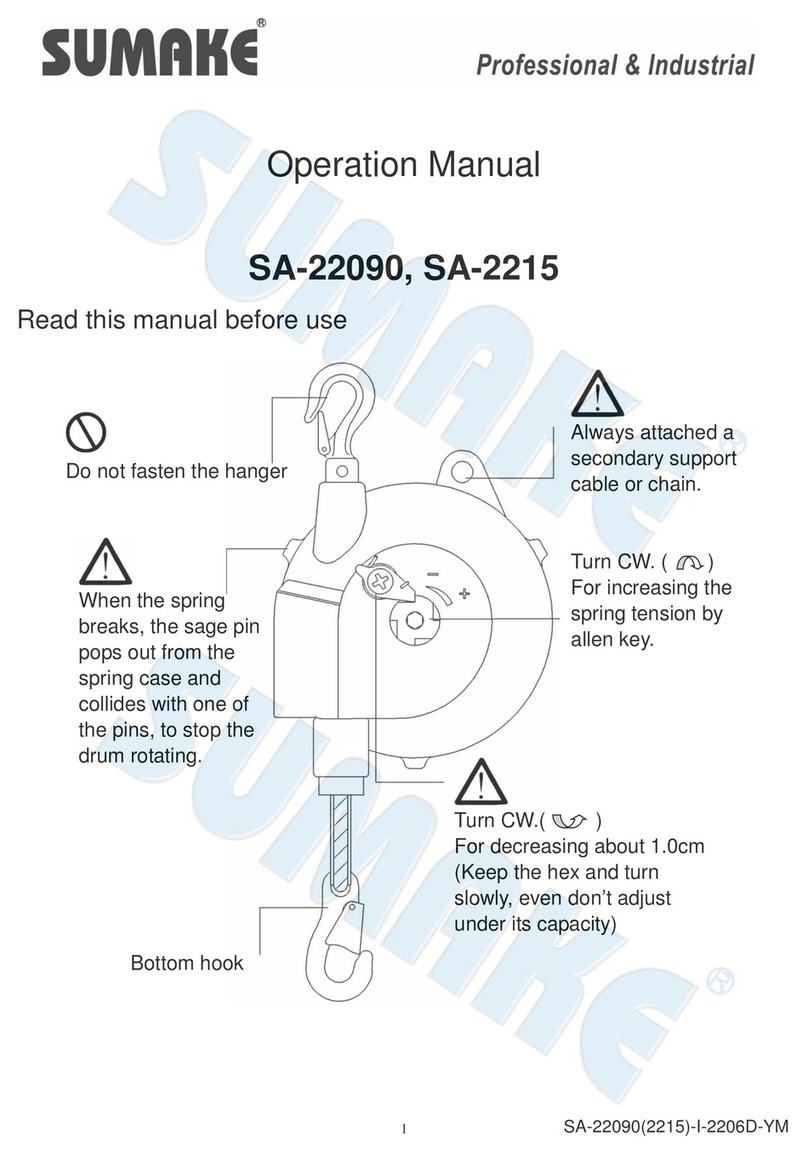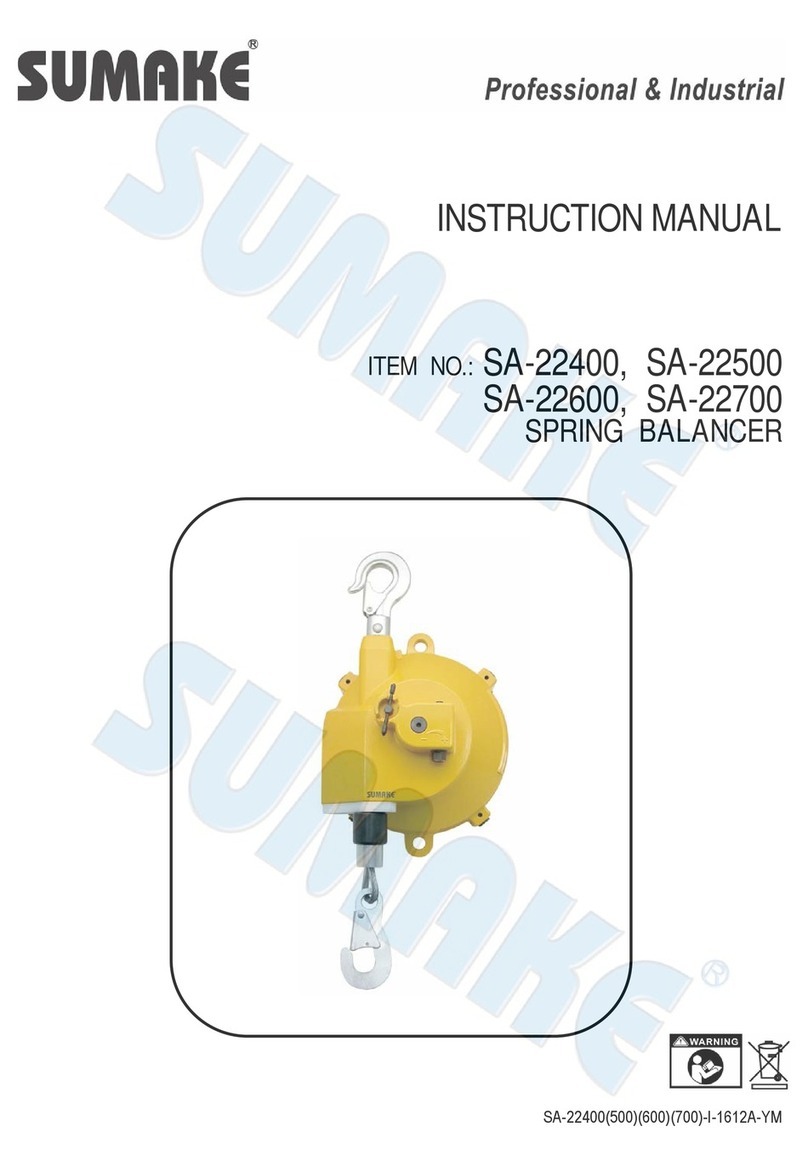
*** Use lithium saponified silicom grease corresponding to the No.2 class of the NLGI (Nat.
lubrication Grease Just).
(b) Attach Joint(#21) on Copper Joint(#33) and push until Joint(#21) touches the washer (see Fig-5).
(c) Attach new O-Ring(A) shown in Fig-4 into the other groove of Copper Joint(#33) and lubricate with
grease.
c. Attach Copper Joint(#33), Joint(#21) and Hose(#24) all together into Drum(#20).
NOTE: If Hose Clip(#23) collides with Drum(#20),rotate Hose clip a little.
P. Push Copper Joint(#33) until it is stopped by Drum(#20). Then move Joint(#21) until it touches
Drum(#20), moving Joint to "C" direction.
Q. Wing Hose(#24) into Drum(#20) and mount Worm Wheel(#12) with Drum and then install in
Casing(#10).
R. Reassemble removed parts in reverse order of steps A to H
(2) Spring disposal
⚫Never remove the spring from the drum unless the replacement is required.
⚫The spring is extremely dangerous. Be Careful when handling the spring.
⚫Never pull the center of the spring when removing the spring from the drum. If pulled, the
spring will expand explosively and cause personal injury.
⚫Referring to the disassembly drawing, replace the spring using the following procedure.
A. Remove Drum(#20) from Casing(#10) and then remove Copper Joint(#33), Joint(#21) and Hose(#24)
all together from Drum in accordance with the procedure 9-(1),Hose and O-ring replacement, 9-A to
9-L.
B. Remove Screw(#17) and then spring Cover(#18).
C. Check where is the broken portion of spring(#19).
(a) Check that the rivet of spring(#19) is not broken.
(b) If Spring is broken near the outer preiphery where there is no space between each turn or the rivet of
Spring(#19) is broken (see Fig-8), stop the replacement work. Reassemble Cover(#18) and contact
the dealer.






























